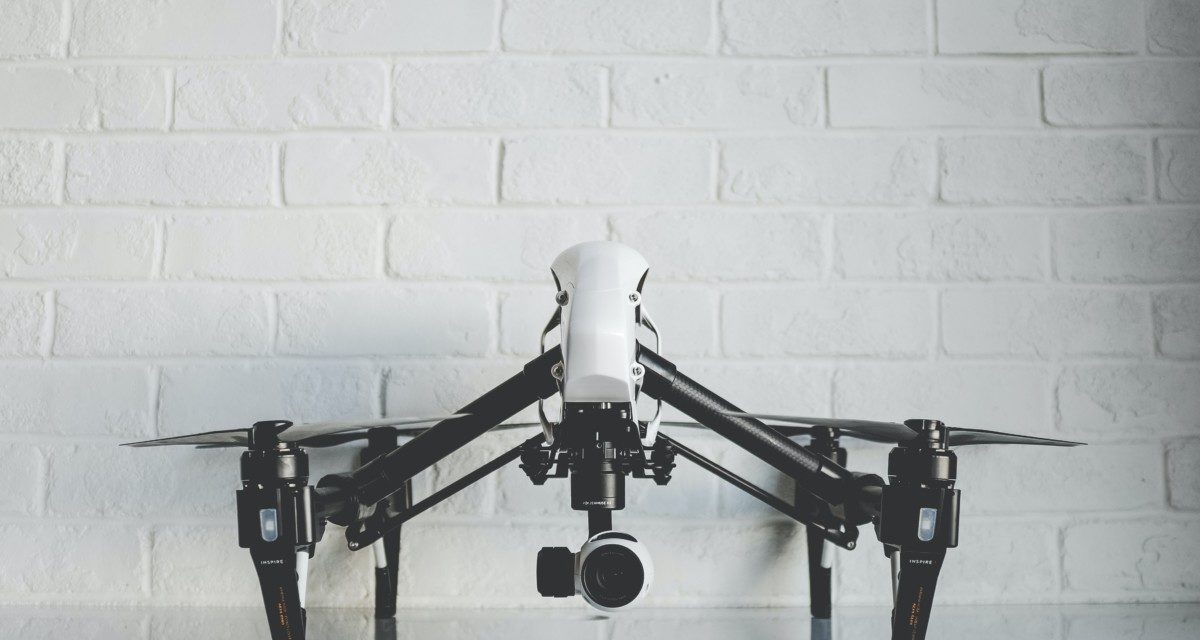[ad_1]
The navigation system is one of the primary components of all types of robotic applications. The primary role of this system is to help robots and other autonomous devices sense and map the surroundings to move here and there in an efficient manner. In most cases, these devices make use of a motion sensor and a software program for the creation of a map. In this article, we are going to talk about how LiDAR and Visual SLAM are used in robotic navigation. Read on.
SLAM is short for simultaneous localization and mapping. The role of the system is to determine the position and orientation of a robot through the creation of a map of the environment. At the same time, the system tracks the location of the map in the environment. Most of the systems depend on optical sensors, such as LiDAR and Visual SLAM.
What is Visual SLAM?
These systems make use of a camera, which works with an IMU. This combo is known as Visual-Inertial Odometry. The term odometry involves the use of motion sensor data in order to get a better estimation after changing the positions of a robot with the passage of time. SLAM navigation is done both indoors or outdoors,
In most visual SLAM systems, the tracking of set points is done using successive camera frames. The idea is to triangulate the 3D position, which is also known as feature point triangulation. Moreover, this information is sent back in order to generate a 3D map and spot the location of the autonomous device.
Apart from this, an IMU is installed to accelerate the feature point tracking. This is even more important with special devices, such as flight based robots and drones. Once the localization and mapping through SLAM are complete, it is easier for the robot to get a navigation path.
What is LiDAR?
This type of system makes use of a laser sensor in conjunction with an IMU in order to map a room. This is done just like visual SLAM, but the accuracy is quite high. Actually, LiDAR helps get the measurement of the distance to a certain object, such as a chair leg or wall. This is done by illuminating the object using several transceivers.
Since light travels at an extremely fast speed, precise measure performance is required for accurate tracking of the exact distance to the target. This is what makes LiDAR an ideal choice as far as accuracy and speed are concerned.
Opting for the Right Navigation Method
If you are finding it difficult to go for the right navigation system for your application, we suggest that you consider the common challenges in the world of robotics. These devices are used on different types of surfaces and pathways. For instance, a robotic cleaner is used on drugs, tiles, and hardwood. Therefore, precise location-based data is the first requirement. After all, these devices can only be used if they can navigate well in a room where there are a lot of obstacles.
With the help of LiDAR and visual SLAM, it is possible to address these challenges. And the great thing is that it can be done quickly and accurately. The cost is quite low as well. In other words, visual SLAM is quite cost-effective and does not require expensive equipment.
Long story short, this is how LiDAR and Visual SLAM used in the field of robotic navigation.

